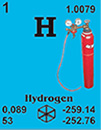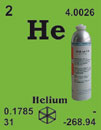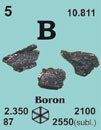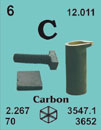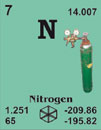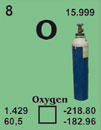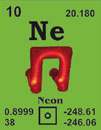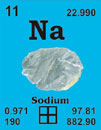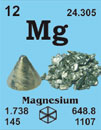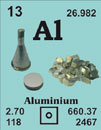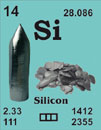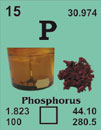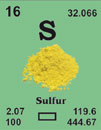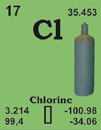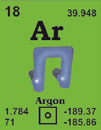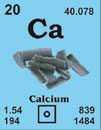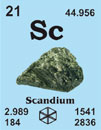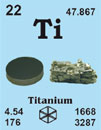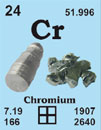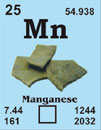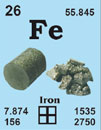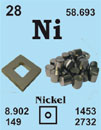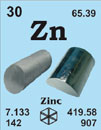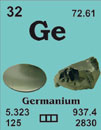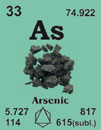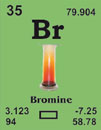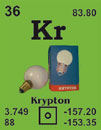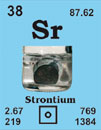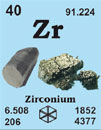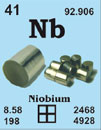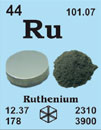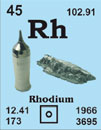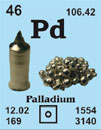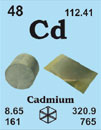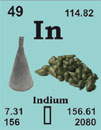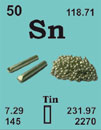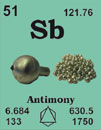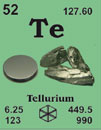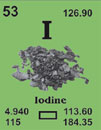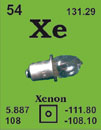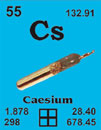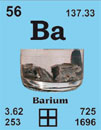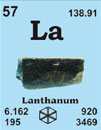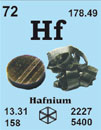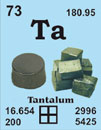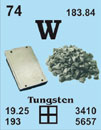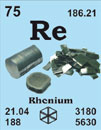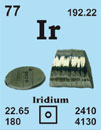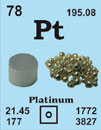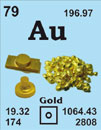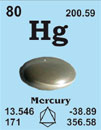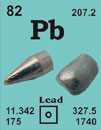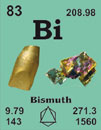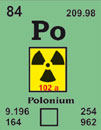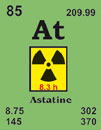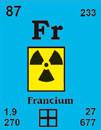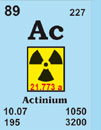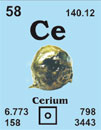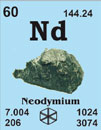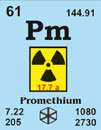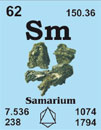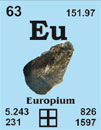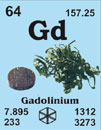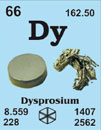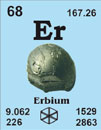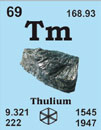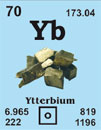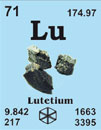Material, Technologie
& Kristalle GmbH
& Kristalle GmbH
Ihre Verbindung zu uns

-
 English
English
-
 Deutsch
Deutsch
Warenkorb
0
Artikel
Artikel
Keine Artikel
0,00 €
Gesamt
Gesamt zzgl. MwSt.
Artikel wurde in den Korb gelegt
Menge
Sie haben 0 Artikel in Ihrem Warenkorb.
Es gibt 1 Artikel in Ihrem Warenkorb.
Versandkosten (o. MwSt.)
noch festzulegen
Gesamt
(o. MwSt.)
Bismut (Bi)
Wir sind führender Hersteller und Lieferant von Forschungsmaterialien
Bismut 83Bi208.980
Bekannt seit dem 15. Jahrhundert, Entdecker unbekannt.
[German: bisemutum]
French: bismuth
English: bismuth
Italian: bismuto
Spanish: bismuto
Beschreibung: Sprödes Metall, silberglänzend mit rosa Tönung. Gegen Sauerstoff und Wasser beständig. Löst sich in konzentrierter Salpetersäure. Basisches Oxid. Verwendet für Legierungen, Pharmazeutika, Katalysatoren, Pigmente, Kosmetika und für elektronische Produkte.
Bismut single crystal properties
| State: | Single crystal |
|---|---|
| Crystal structure: | rhombohedral |
| Production method: | Bridgman |
| Standard size: | diameter 12mm thickness 1-2mm |
| Orientation: | (100), (110) and (111) |
| Orientation accuracy: | <2°, <1°, <0.4° or <0.1° |
| Polishing: | as cut, one or two sides polished |
| Roughness of surface: | <0.03 µm |
| Purity: | 99.999% |
| Typical analysis (ppm): | C 3 H < 1 O 9 N < 5 Cu 1.60 Fe 1.80 Ni < 1 Pb 0.30 Si 0.30 Ga, Hf and Ta are below the detection limit |
|---|
Further Materials properties
| Crystal structure: | (cell dimensions/pm), space group, rhombohedral (a=454.950, c=1186.225), R3m |
|---|---|
| X-ray diffractions mass absorption coefficients: | CuKa 240 (µ/r) / cm2g-1 MoKa 120 (µ/r) / cm2g-1 |
| Neutron scattering length: | 0.8533 b/10-12 cm |
| Thermal neutron capture cross-section: | 0.034 sa / barns |
| Density: | 9,8 g/cm-3 [293 K]; 2390 [liquid at m.p.] |
| Melting point: | 271.35 °C / 544.5 °K |
| Boiling point: | 1609.85±5 °C / 1883±5 °K |
| Molar volume: | 21.44 cm3 |
| Thermal conductivity: | 7.87 [300 K] Wm-1K-1 |
| Coefficient of linear thermal expansion: | 13.4 x 10-6 K-1 |
| Electrical resistivity: | 106.8x10-8 [293 K] Wm |
| Mass magnetic susceptibility: | -1684 x 10-9(s) kg-1m3 |
| Young's modulus: | 34.0 GPa |
| Rigidity modulus: | 12.8 GPa |
| Bulk modulus: | n.a. |
| Poisson's ratio: | 0.33 GPa |
| Radi: | Bi5+ 74; Bi3+ 96; atomic 155; covalent 152; van der Waals 240 |
| Electronegativity: | 2.02 (Pauling); 1.67 (Allred); 4.69 eV (absolute) |
| Effective nuclear charge: | 6.30 (Slater); 13.34 (Clementi); 16.90 (Froese-Fischer) |
| Number of Isotopes (incl. nuclear isomers): | 37 |
| Isotope mass range: | 189 -> 215 |
Biological data
| Biological role: | none |
|---|---|
| Toxicity | |
| Toxic intake: | n.a. |
| Lethal intake: | c. 15 g (only one case reported) |
| Hazards: | Bismuth is regarded as one of the less toxic heavy metals and it is commonly used as a medicine for stomach upsets. Excess bismuth can cause mild kidney damage |
| Level in humans | |
| Blood: | 0.016 mg dm-3 |
| Bone: | <0.2 ppm |
| Liver: | 0.015 - 0.33 ppm |
| Muscle: | 0.32 ppm |
| Daily dietary intake: | 0.005 - 0.02 mg |
| Total mass of element in average [70 kg] person: |
<0.5 mg |
Geological data
| Minerals: | Native bismuth occurs naturally as metallic crystals associated with nickel, cobalt, silver, tin and uranium sulfide ores; found in Brazil, England, Norway and Canada | |||
|---|---|---|---|---|
| Mineral | Formula | Density | Hardness | Crystal apperance |
| Bismite | a-Bi2O3 | 8.64 | 4.4 | mon., sub-adam. yellow |
| Bismuthinite | Bi2S3 | 6.78 | 2 | orth., met. grey |
| Bismutite | Bi2O2(CO3) | 8.15 | 2.5 - 3.5 | tet., vit. yellow |
| Chief ore: | native bismuth and bismuthinite; mainly produced as a by-product from lead and copper smelters, especially in the USA |
|---|---|
| World production: | 3000 tonnes/year |
| Main mining areas: | Bolivia, Peru, Japan, Mexico, Canada, Australia |
| Reserves: | n.a. |
| Specimen: | available as ingots, pieces, powder and shot. |
| Abundances | |
|---|---|
| Sun: | <80 (relative to H = 1 x 1012) |
| Earth's crust: | 0.048 ppm |
| Seawater: | |
| Atlantic surface: | 5.1 x 10-8 ppm |
| Atlantic deep: | n.a. |
| Pacific surface: | 4 x 10-8 ppm |
| Pacific deep: | 0.4 x 10-8 ppm |
| Residence time: | n.a. |
| Classification: | scavenged |
| Oxidation state: | III |
Other sizes and specifications on request
Übersicht der Elemente mit Zugang zu unserem Shop
Tel.: +49 (0) 2461 - 9352 - 0
Fax: +49 (0) 2461 - 9352 - 11
Fax: +49 (0) 2461 - 9352 - 11

